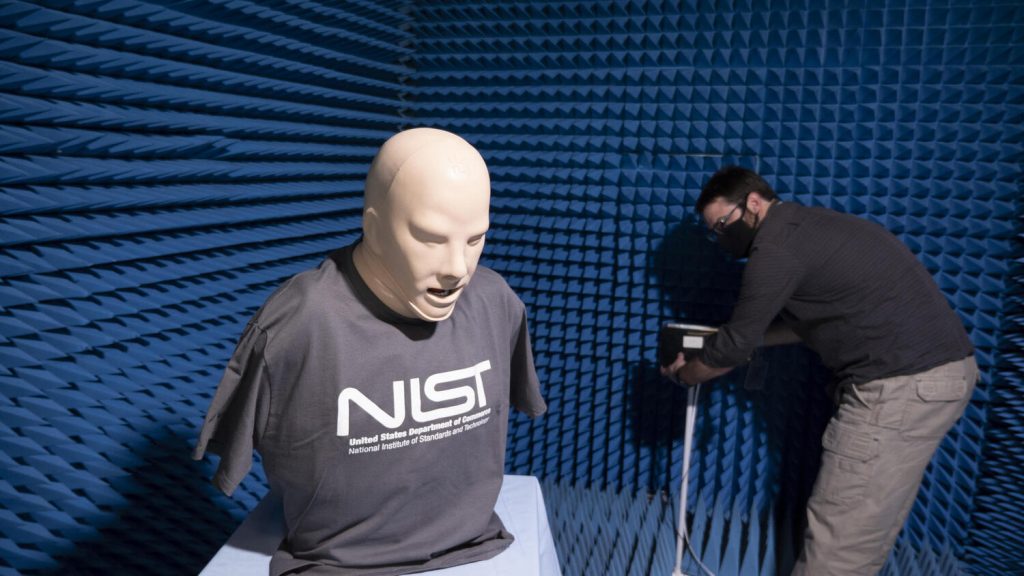Researchers from the American National Institute of Standards and Technology (NIST) use data on
Wi-Fi routers are constantly transmittingan electromagnetic signal in the radio frequency range, the scientists explain. This radiation is reflected or passed through everything around: walls, furniture and even people. The movement of a person in the room and even simple breathing slightly change the signal path from the router to the user's device.
 The researchers used a medical manikin that simulates breathing problems to investigate how disturbances affect the Wi-Fi signal. Image: R. Jacobson/NIST
The researchers used a medical manikin that simulates breathing problems to investigate how disturbances affect the Wi-Fi signal. Image: R. Jacobson/NIST
Researchers have developed an algorithm for deepBreatheSmart training, which can analyze these minute changes and measure the person's breathing rate. For evaluation, the program uses link state data (CSI), which is a set of signals sent from a client (such as a mobile phone or laptop) to an access point (such as a router).
The CSI signal sent by the client deviceis always the same, and the access point receiving these signals knows what they should look like. But as the CSI signals propagate through the environment, they become distorted when they bounce off objects or lose their strength. The access point analyzes the amount of distortion to correct and optimize the channel.
The researchers modified the firmwarerouter to query these streams more frequently, up to 10 times per second, to get a detailed picture of how the signal is changing. Since the data set is minimal, such changes do not affect the speed of Internet access, the authors of the work note.
The artificial intelligence algorithm processes the entire incoming data set and can detect abnormalities such as shortness of breath, rapid breathing or wheezing in the lungs.
Read more:
17-year-old engineer came up with a magnetless motor: it can be used in electric vehicles
A shock wave from the Sun has opened a crack in the Earth's magnetic field
It turned out how old the water we drink today